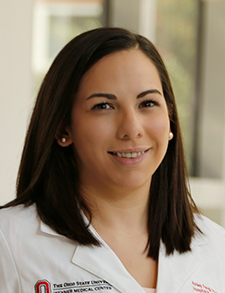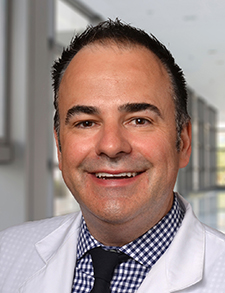Clinical question: Does the use of amiodarone in patients with atrial fibrillation increase the risk for bleeding-related hospitalizations when used with apixaban or rivaroxaban?
Background: Amiodarone is a potent antiarrhythmic drug used in patients with atrial fibrillation and is known to inhibit the elimination of apixaban and rivaroxaban; however, the clinical effects of this interaction are not yet known. Conversely, flecainide and sotalol are antiarrhythmic drugs that do not inhibit the elimination of these anticoagulants.
Study design: Retrospective cohort study
Setting: U.S. Medicare beneficiaries aged 65 years or older
Synopsis: A review of bleeding events in 91,590 Medicare beneficiaries with atrial fibrillation on either apixaban or rivaroxaban demonstrated a significantly increased risk of bleeding-related hospitalizations in those treated with amiodarone (n=54,977), compared to those treated with flecainide or sotalol (n=36,613), with a rate difference (RD) of 17.5 events per 1,000 person-years (HR, 1.44; CI, 1.27 to 1.63). Further, the risk for bleeding-related hospitalizations in those on both amiodarone and rivaroxaban was greater than that for amiodarone and apixaban (RD: 28.0 events per 1,000 person-years versus 9.1 events per 1,000 person-years).
This study was observational, and the Medicare data lacked information on several potential confounding factors, thereby limiting the ability to establish a causal relationship. However, hospitalists who are initiating antiarrhythmic drugs for atrial fibrillation should consider the potential increased risk for bleeding-related hospitalization in patients concurrently taking apixaban or rivaroxaban.
Bottom line: Amiodarone, when used in conjunction with apixaban or rivaroxaban, increases the risk of bleeding-related hospitalization when compared to the use of flecainide or sotalol.
Citation: Ray WA, et al. Risk for bleeding-related hospitalizations during use of amiodarone with apixaban or rivaroxaban in patients with atrial fibrillation: a retrospective cohort study. Ann Intern Med. 2023;176(6):769-78.

Dr. Fang

Dr. Schumacher
Dr. Fang is a clinical assistant professor and Dr. Schumacher is a clinical associate professor in the division of hospital medicine at The Ohio State University Wexner Medical Center in Columbus, Ohio.